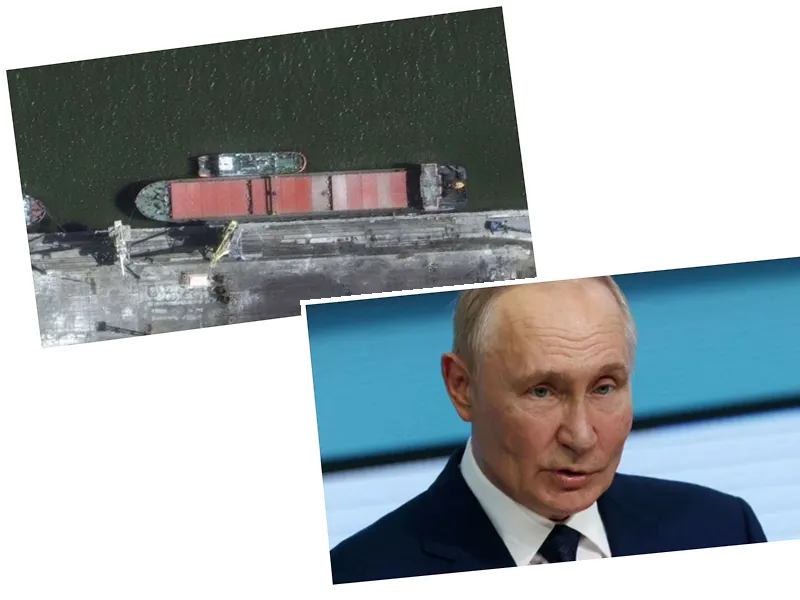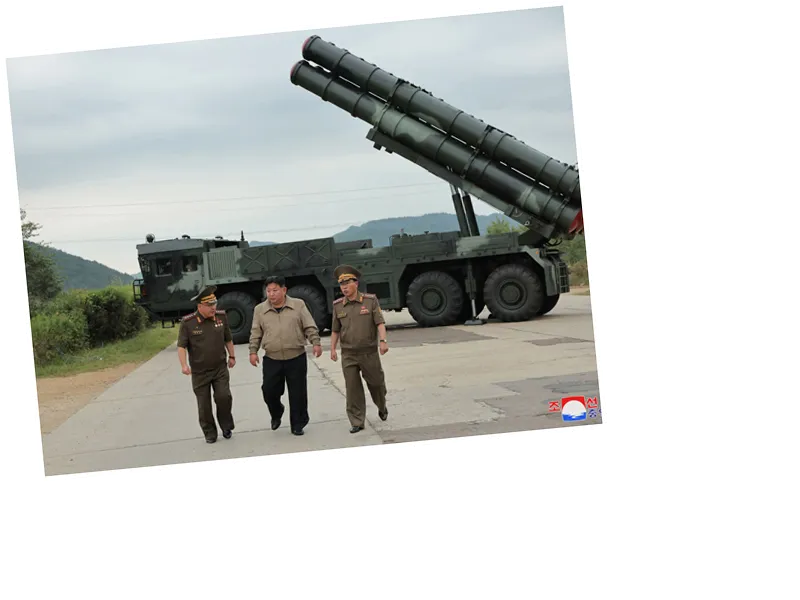Global Competition in Missile Development
Ballistic missiles have emerged as critical components in modern warfare, serving as self-propelled and guided strategic weapons. Their design allows them to follow a ballistic trajectory, delivering warheads over long distances with significant destructive power. Among the various types, solid-fuel ballistic missiles stand out for their rapid launch capabilities, making them harder to detect and intercept compared to their liquid-fuel counterparts.
Countries like North Korea and Iran have made significant strides in missile technology, positioning themselves as formidable players on the global stage. North Korea's recent successful test of the solid-fuel Hwasong-18-19 intercontinental ballistic missile marks a notable advancement, boasting a flight trajectory that surpasses previous models. Similarly, Iran's development of the hypersonic ballistic missile, named “Fateh,” underscores its growing military capabilities.
Major Powers Enhancing Missile Capabilities
The arms race in missile technology is not limited to rogue states; major powers are also investing heavily in enhancing their missile arsenals. The United States' Minuteman-3 intercontinental ballistic missile, capable of carrying nuclear warheads and exceeding 9,600 kilometers in range, exemplifies this trend. Russia's Sarmat missile, known as Satan 2, and its hypersonic Avangard missile, which can fly at speeds of 27 times the speed of sound, highlight Russia's commitment to maintaining a strategic edge.
China's advancements in hypersonic technology, particularly with missiles like the Dong Feng-27, have raised concerns among U.S. military experts, showcasing Beijing's rapid military modernization. These developments reflect a broader trend where nations are increasingly focused on creating missiles that can evade detection and interception, thereby enhancing their offensive and defensive capabilities.
The Future of Missile Technology
As research into intercontinental ballistic missiles evolves, the emphasis is shifting towards hypersonic technologies that promise to revolutionize warfare. Countries such as Russia, China, and the U.S. lead this charge, with Iran and North Korea also entering the fray. The collaboration of nations like the United Kingdom, Australia, and France in missile technology research further complicates the global security landscape. With these advancements, the potential for conflict and the rebalancing of military power dynamics remain pressing concerns for international relations.





